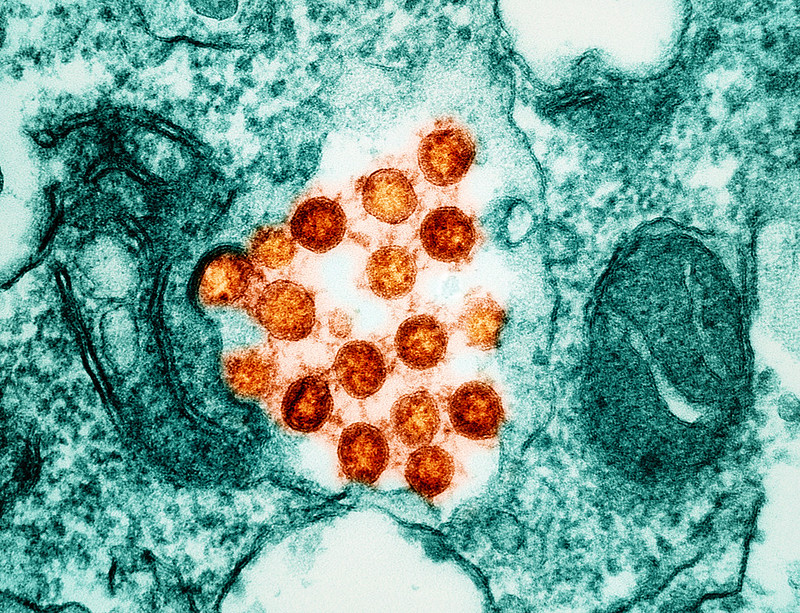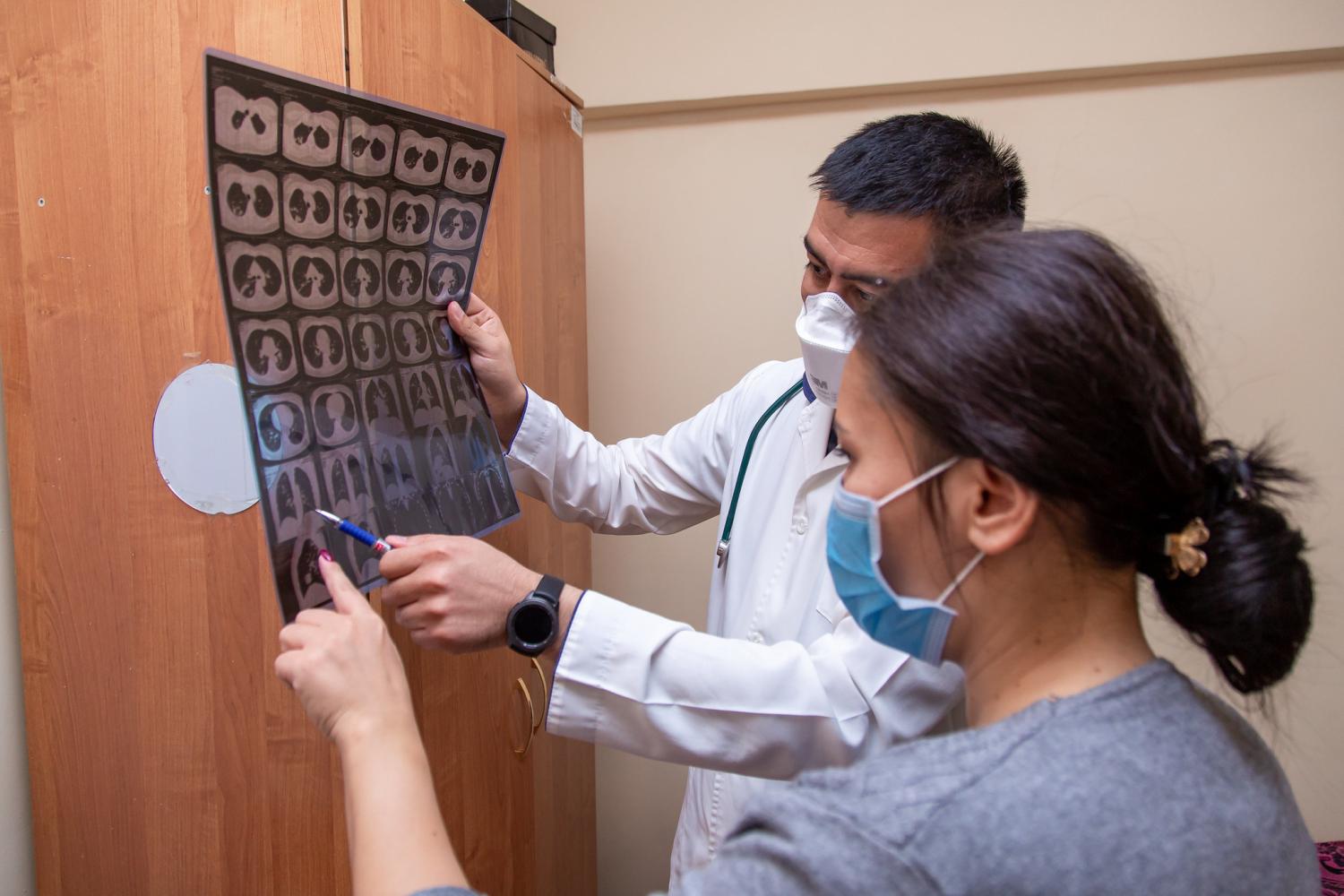
An observational study from Malaysia during a SARS-CoV-2 Omicron variant surge suggests that 3.4% of adult COVID-19 survivors had persistent symptoms 3 months after infection, with 1 in 5 saying the symptoms limited their ability to perform activities of daily living and 1 in 3 saying they were less able to work.
The results of the investigation, conducted from April to June 2022, were published late last week in PLOS One.
Most of the 44,386 participants were women, aged 30 to 59 years, recipients of a high school education, and had been fully vaccinated against COVID-19. A quarter of participants (25.7%) had chronic conditions, the most common of which were obesity, high blood pressure, and diabetes. About the same number (24.6%) had symptoms during infection, 2.5% were hospitalized, 0.6% needed supplemental oxygen, and 0.3% received intensive care.
Cough, fatigue, memory loss most common
A total of 44,386 participants completed online questionnaires at baseline and 3 months after diagnosis, 1,510 (3.4%) of them meeting the criteria for long COVID. The most common symptoms were cough (50.6%), fatigue (45.8%), memory loss (37.4%), shortness of breath on exertion (31.3%), impaired ability to focus (27.8%), headache (26.5%), muscle or joint pain (25.8%), and insomnia (23.4%).
As the symptoms cut across multiple organ systems, management of individuals affected by this condition will likely require, or benefit from, dynamic and coordinated cross-sectoral interventions involving multiple specialties.
Women, those aged 30 to 59 years (vs 18 to 29 years), and those with underlying medical conditions, symptomatic infection, and/or hospitalization during infection were more likely to have long COVID-19 at 3 months. Symptomatic infection was linked to an estimated 13 times greater likelihood (adjusted odds ratio, 13.3) of developing long COVID. In contrast, participants aged 60 years and older and minority ethnicities were less likely to develop the condition.
Of the 1,510 long-COVID patients, 1 in 5 reported an impaired ability to perform daily activities, and at least 1 in 3 said their work was affected.
"As the symptoms cut across multiple organ systems, management of individuals affected by this condition will likely require, or benefit from, dynamic and coordinated cross-sectoral interventions involving multiple specialties," the study authors concluded.













